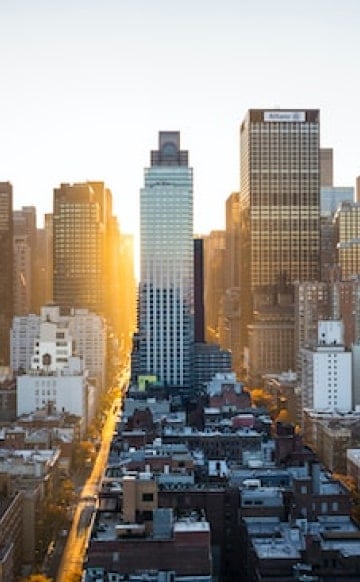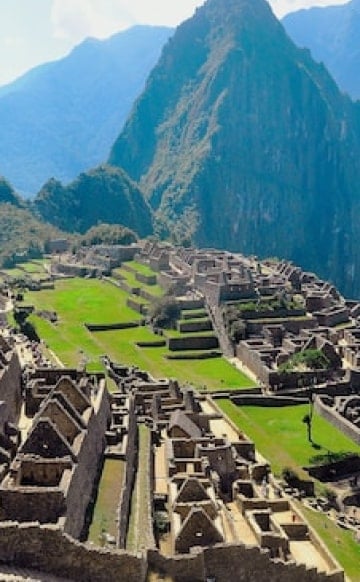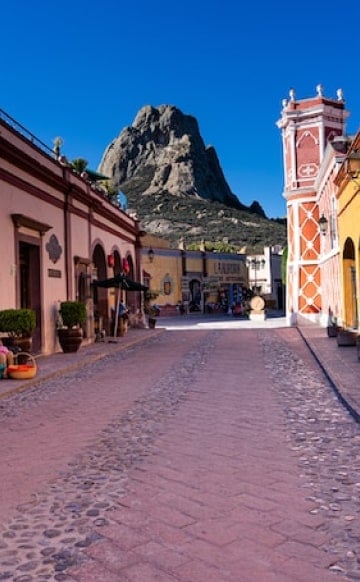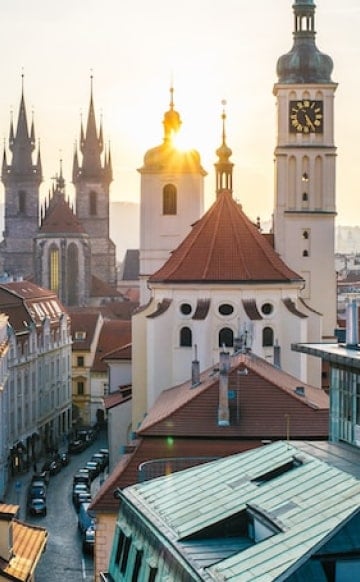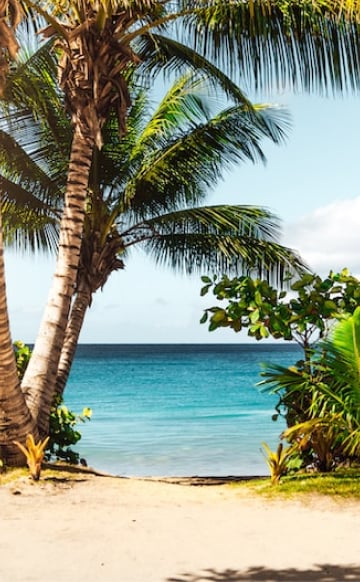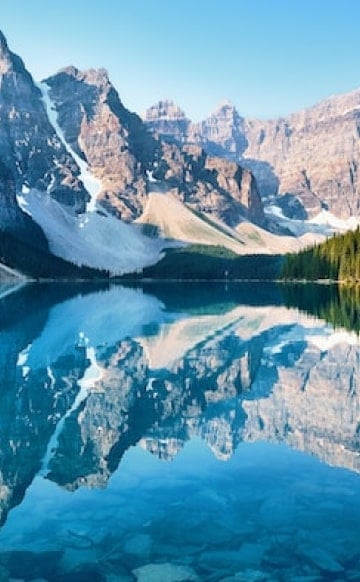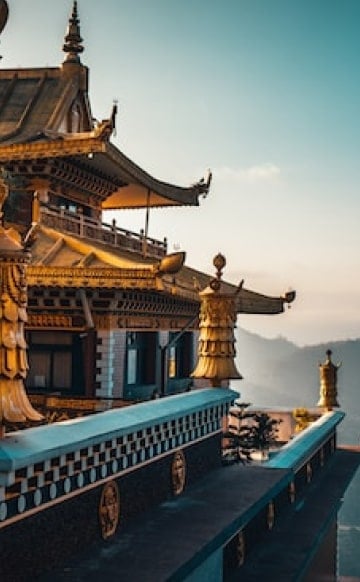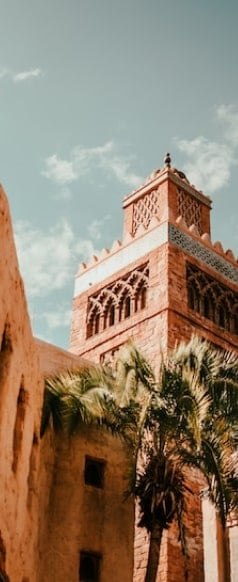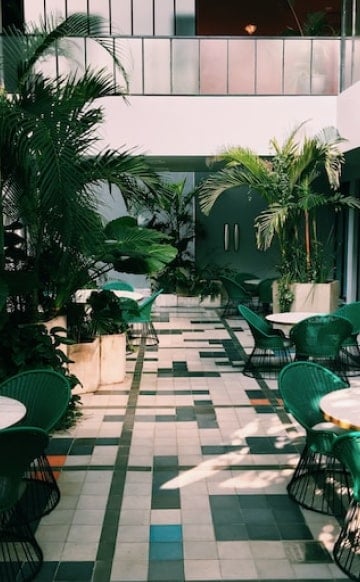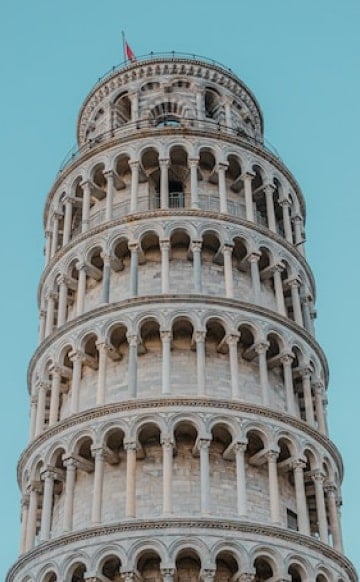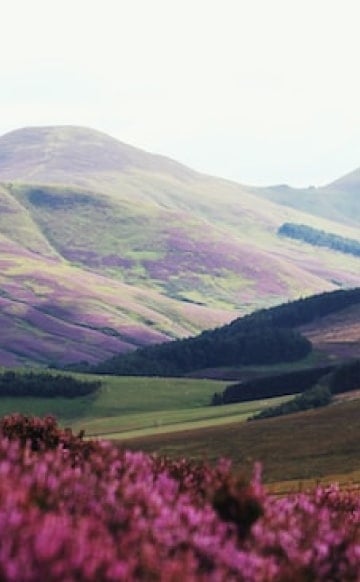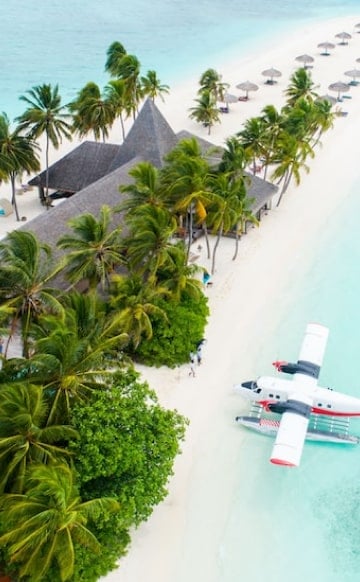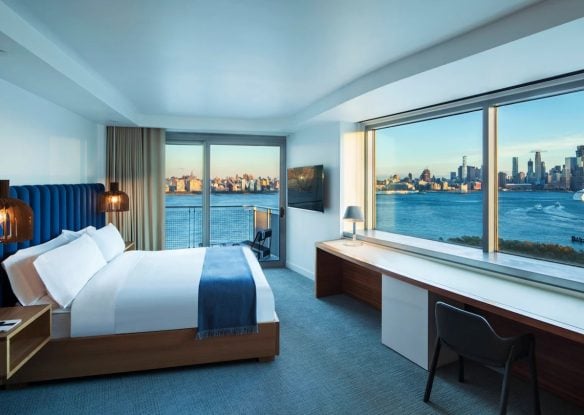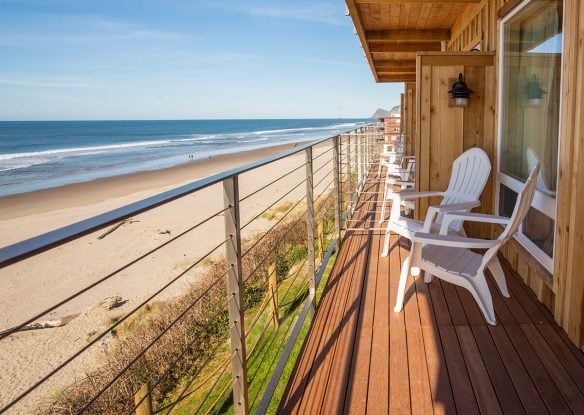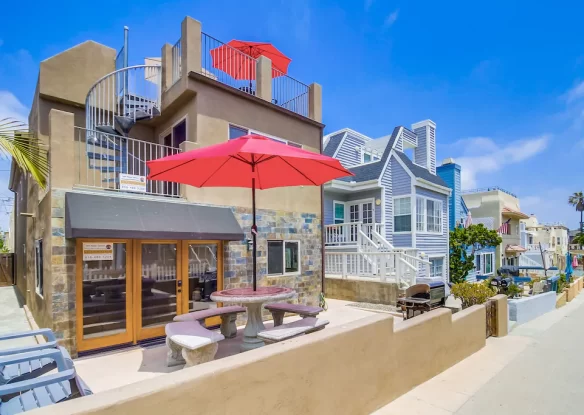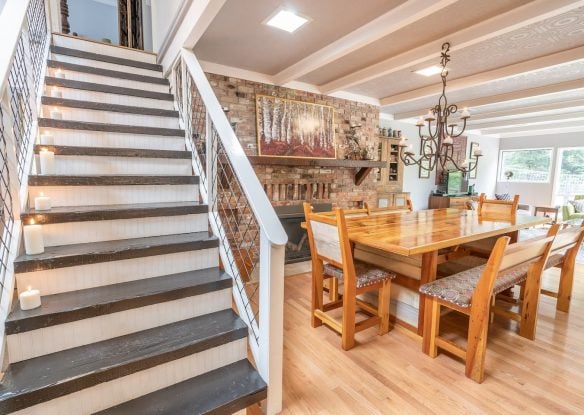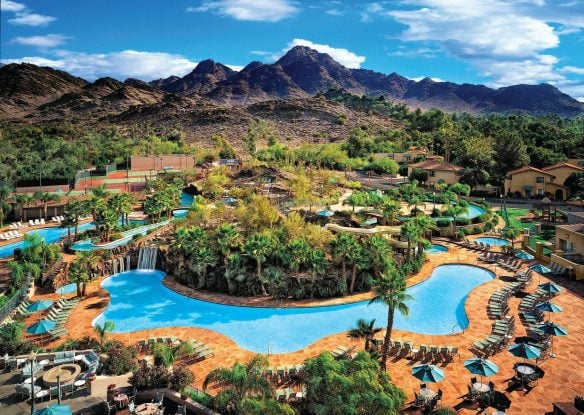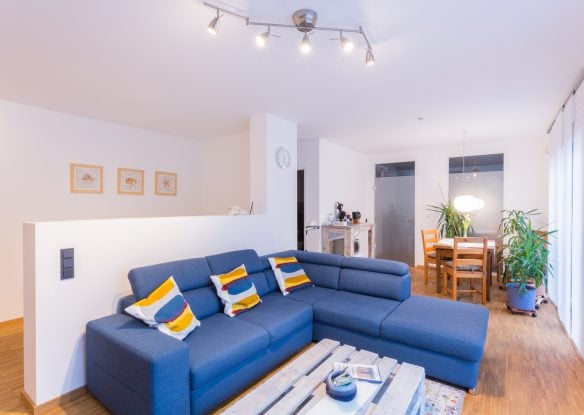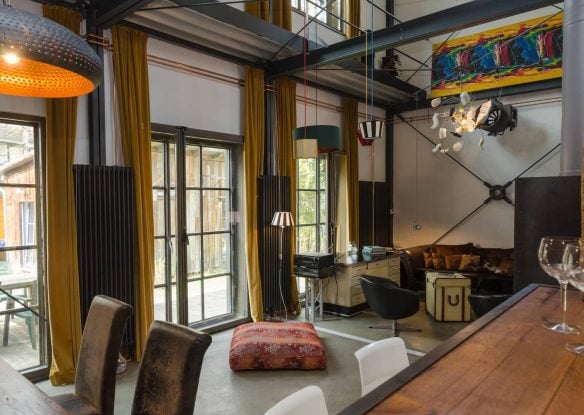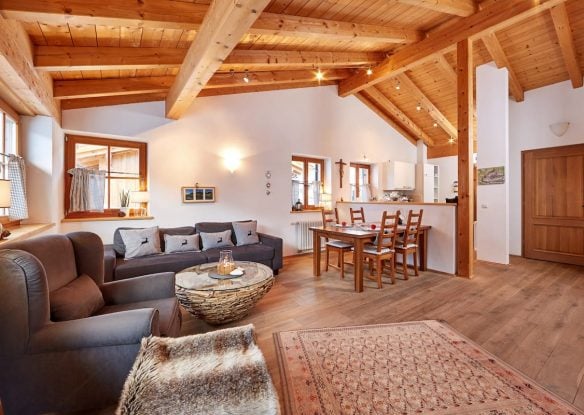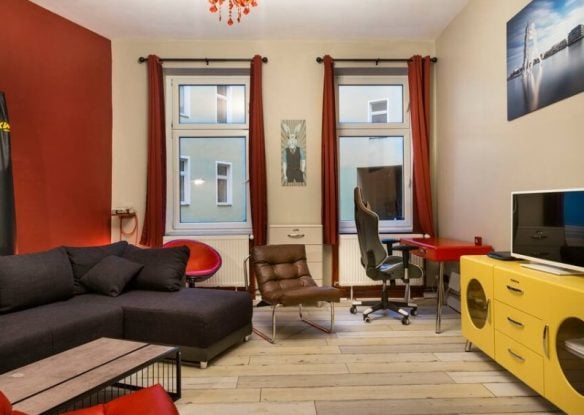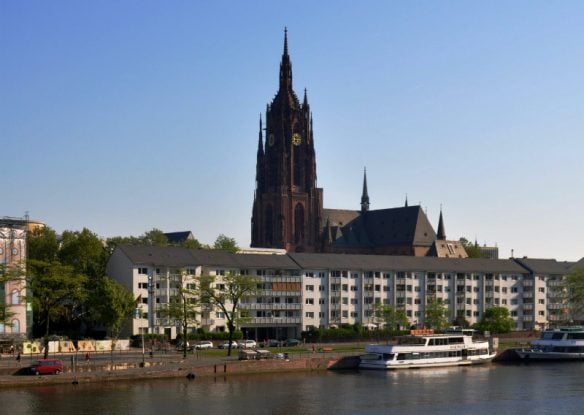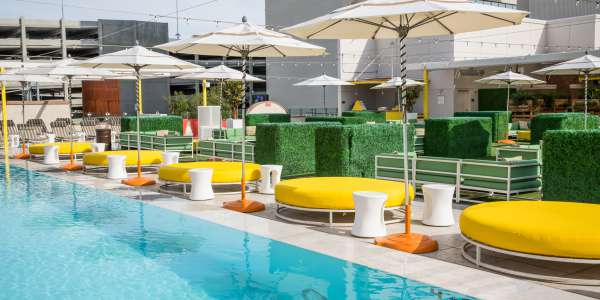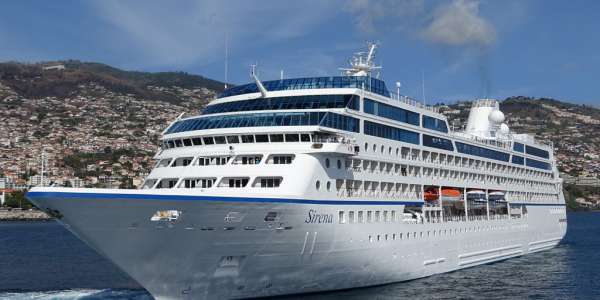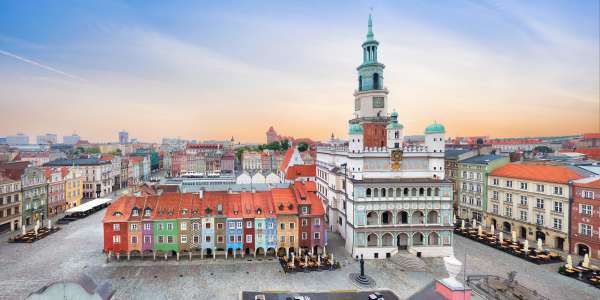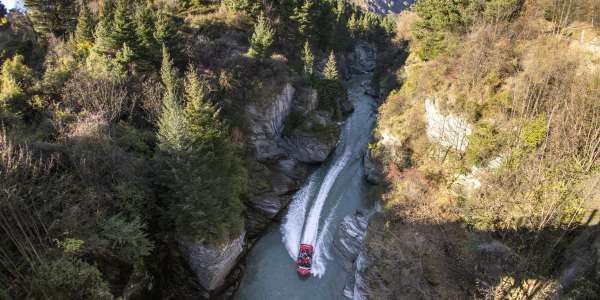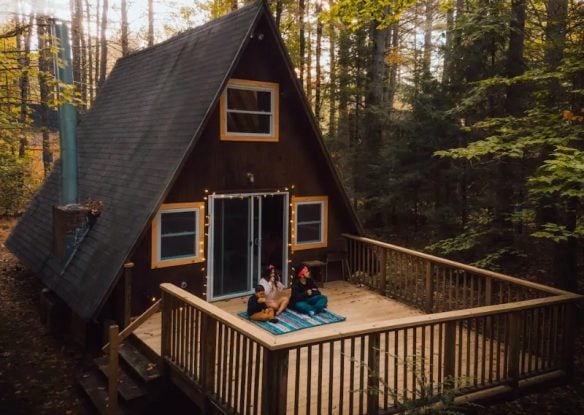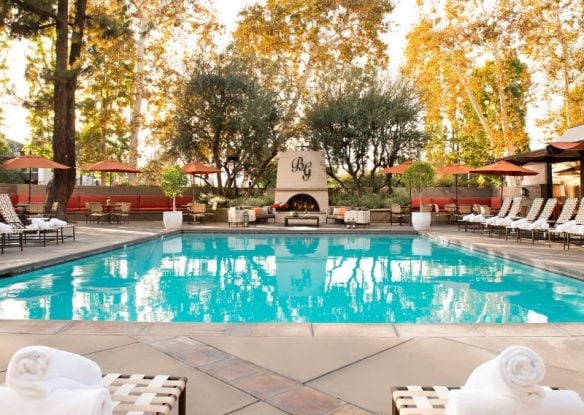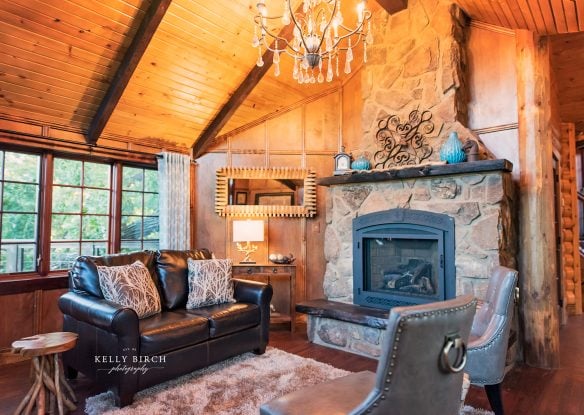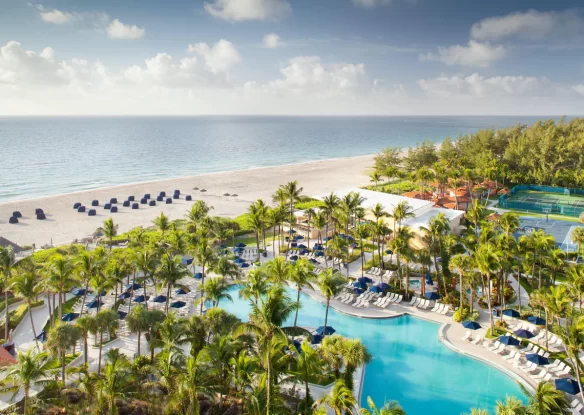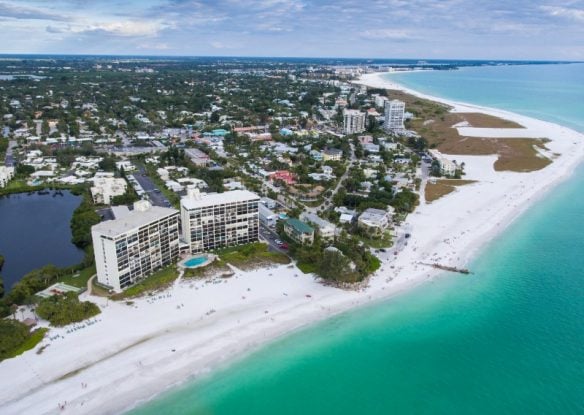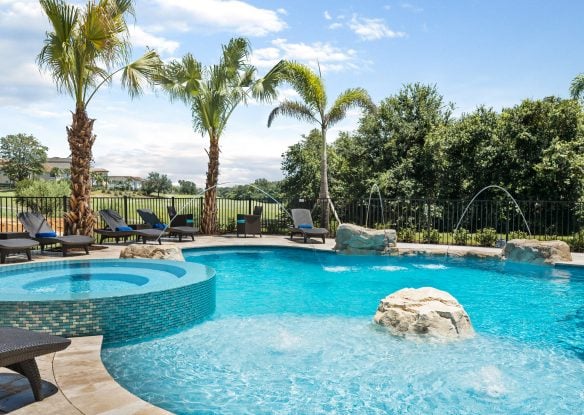Germany’s big cities, like Frankfurt, Munich and Berlin, may get lots of visitors, but the country is also home to some of Europe’s most charming small towns that should really be on your itinerary, including these.

Rothenburg
One of the most beautiful towns in Bavaria, Rothenburg sits along Germany’s legendary Romantic Road. If you’re limited on time, this gorgeous medieval city that Rick Steves called a “fairy-tale dream town,” should be number one on your must-see list. If it looks familiar, that’s because it’s the very place that inspired Walt Disney to create Pinocchio. It was also the location for the Vulgarian village scenes in 1968’s “Chitty Chitty Bang Bang.” This still-intact medieval walled city seems to exist in a time capsule – although about 40% of the town was destroyed during the Second World II, locals quickly rebuilt it to its former style, reclaiming Rothenburg’s glorious architectural past.

Wernigerode
Wernigerode is an attractive town that sits on the northern edge of the Harz region. It makes an ideal base for exploring Harz National Park in addition to offering many of its own allures. Wernigerode is not only famous for its unique architecture, with its town hall considered one of the country’s most important landmarks, but it’s also known for its dark history of witches as a former center for many followers of the black arts. The romantic 12th-century castle of Wernigerode offers a gorgeous view over the picturesque town with its maze of streets flanked by pretty half-timbered houses. This is also the northern terminus of the steam-powered narrow-gauge Harzquerbahn, which has chugged along the Harz for nearly 100 years.

Cochem
Cochem is a tiny medieval riverside town that is absolutely idyllic. While taking a “grape tour” of the Mosel River Valley, be sure to stop by and see its towering castle with a thousand-year-old history. Surrounded by vineyards that produce outstanding Moselle wines, it is picture-postcard perfect. Even the Romans sang the praises of this striking landscape, and while, a few things have changed since then, the allure remains the same. The town itself boasts medieval town gates and beautiful churches as well as narrow streets and winding alleys, lined with lovingly restored half-timbered houses with slate roofs. Stroll through the historic marketplace and pop into one of the restaurants where owners will take the time to introduce you to some of the area’s great Rieslings.

Quedlinburg
If you’re traveling through Saxony-Anhalt, Quedlinburg is a must stop. This ridiculously charming place just north of the Harz Mountains still evokes the Middle Ages. At it managed to survive World War II unscathed, you’ll find some of the best-preserved medieval and Renaissance buildings in Europe. A perfect spot to get lost of an afternoon and feel as if you’ve stepped into another time, you’ll walk through rambling, cobblestoned streets that snake their way around countless red-roofed half-timber houses, ancient buildings and then suddenly, situated on a sandstone cliff, is the more than a thousand-year-old Romanesque collegiate church, St. Servatius, which towers as an imposing landmark over the city.

Lindau
Dating from the 9th century, Lindau is a former free imperial town of the Holy Roman Empire that looks like a fantasy Bavarian lakeside village from the movies, only it’s real. Sometimes referred to as the “Garden of Eden,” this city on the shores of Lake Constance with its spectacular aquamarine waters is filled with medieval and half-timbered buildings while offering amazing Alpine views and lakefront cafes. If you visit during the summer, be sure to take one of the boat tours that leave from the small harbor, offering the chance to admire the impressive views of Austria, Switzerland and the Alps across the lake.

Mittenwald
Located in the cradle of violin-making in Bavaria, Mittenwald is a magical town that sits under snow-capped peaks and has long been celebrated as the most beautiful in the Bavarian Alps. Its Geigenbaumuseum hosts a collection of over 200 locally crafted violins and the tools used to fashion them, as well as being a venue for occasional concerts. In addition to being world-renowned for its master violin makers, Mittenwald offers a host of outdoor activities and incredibly fresh air to enjoy them in. Hikers can take a cable car up to the granddaddy Alpspitze, the Wank, Mt Karwendel and the Wettersteinspitze, and in the winter, the Karwendel ski field boasts one of the longest runs in the country.

Freiburg
Freiburg sits on the edge of the Black Forest’s vineyards and wooded slopes. Germany’s sunniest and warmest city, blessed with some 2,000 hours of sunshine each year, is known for its small streams called Bachle that run through the old town as well as its story-book feel with cobblestone lanes and gabled townhouses. In addition to spectacular scenery, Freiburg is popular for its delicious cuisine. Local farms turn into small pop-up eateries throughout the summer, serving their own wine and food. Griestal Strausse is in a vineyard, just a few winding roads outside the village of Opfingen. You’ll find a lot more than beer and sausage here, menus offer local specialties in huge portions, like Spatzle (homemade egg noodles), Bragele (sautéed potatoes) and Bibiliskase, a light quark (a type of cheese) with fresh herbs, on wood-fire baked bread.

Michelstadt
Michelstadt is a picturesque historic town of Michelstadt, tucked into the middle of Odenwald Nature Park. One of the oldest settlements in the region, it’s home to a number of impressive medieval structures, including the ruins of an old moated castle, a historic town hall and a wine cellar, Kellereihof, which is part of the old Roman City Walls, now serving as the local museum. Located near the border of Bavaria and Baden-Wurttemburg, it’s easily accessible from many of the historic cities in the area as well as the famed Rhineland vineyards.

Garmisch-Partenkirchen, Bavaria
Garmisch-Partenkirchen was once two separate towns, one Roman and the other Teutonic, merged together for the 1936 Winter Olympics. To this day, it hosts a number of international ski events and is known for some of the best skiing in Germany. Each side of the town has its own distinct character, with a more modern feel in Garmisch, while Partenkirchen retains more of an old-world Alpine village vibe, filled with narrow, cobblestoned streets lined with historic buildings in Bavarian Gasthaus style: three or four floors, swept open shutters and facades painted with pastel-colored imagery or pastoral, regional and religious scenes. Not only is Garmisch-Partenkirchen popular with outdoor enthusiasts, but it also makes a perfect base for excursions to Ludwig II’s palaces, including Schloss Linderhof and the lesser-known Jagdschloss Schachen, as well as Oberammergau.

Trier
The oldest city in Germany, dating all the way back to the 1st century BC, Trier sits on the banks of the Moselle near the Luxemburg border. Known for hosting some of the best Roman antiquities outside Rome itself, Trier features a large Roman gate, Imperial Baths and a trio of outstanding religious buildings. The 4th-century Basilica is a vast, 100-foot-high brick building – the largest single-room structure to survive from Roman Times. If you have time, be sure to walk to some of the other Roman structures, like the amphitheater and the bridge over the Mosel. Trier is also famous for its several interesting churches and an immensely attractive market square. It’s long been a market town, with the pedestrian-only shopping area packed with visitors on the weekend.

Wismar
Wismar is a photogenic city with cobbled streets and gabled facades and is one of Germany’s former Hanseatic cities. While it joined the Hanseatic trading league in the 13th century, it spent much of the 16th and 17th centuries as part of Sweden, and you’ll see a number of reminders throughout the town. This northern port was also the setting for the famous novel and 1992 Dracula film, “Nosferatu.” The town center, with its ancient monuments, brings history to life – be sure to visit St. Mary’s, where you’ll hear the story of the church’s construction in the 3D-movie “Bruno Backstein.”

Meissen
Meissen is an incredibly photogenic town on the Elbe, just north of Dresden. It is renowned for its porcelain, which carries a trademark of two crossed blue swords and is’ valued around the world. While most visitors are drawn here for the porcelain, even without it, the town merits a visit with its soaring 15th-century castle, Gothic cathedral, historic buildings, quiet charm and beautiful Elbe valley views.

Bamberg
Bamberg’s architecture is unparalleled compared to almost anywhere else in Germany. The Bavarian community developed in the scenic Franconian hills and sits along the confluence of the Main and Regnitz rivers. Fortunately, it also escaped the ravages of the war and boasts more than a millennium of history that can be seen in its stunning architecture and culture. Often regarded as one of Germany’s most attractive settlements, its old town is almost completely devoid of modern structures. The Bamberg Dom, also known as the Imperial Cathedral of St. Peter and St. George, represents one of its most predominant artworks. Rebuilt in 1237 after a fire, the structure bears Gothic architecture and boasts exquisite carvings and artifacts. The small but impressive Altenburg Castle stands atop a hill overlooking the town and is home to an art gallery with modern German and Italian paintings, as well as featuring a playing card museum. Step into the courtyard, and you’ll enjoy gorgeous views over Bamberg too.

Lubeck
While Lubeck is really more of a medium-sized city, it offers many small-town charms. This former capital of the Hanseatic League and UNESCO World Heritage City is stunningly beautiful. Considered a “hidden jewel,” it has a rich history, maritime connections and strong links to two of the country’s most important novelists, Gunter Grass and Thomas Mann. In the Altstadt, you’ll want to visit its Town Hall, one of the oldest buildings of its kind in Germany, with a distinctive blend of Gothic and Renaissance styles. Marienkirche on Schusselbuden is considered a fine example of ecclesiastical Gothic architecture, while Hans on Glockengiesserstrasse, celebrates the work of The Tin Drum author, Grass, and includes exhibits of his sculpture and graphic art.

Gorlitz
Gorlitz is one of Germany’s most eastern city, sitting along the Neisse River, just across the water from the Polish town of Zgorzelec. Home to more than 3,500 architectural monuments, spanning 500 years including Renaissance, Baroque, late Gothic and art nouveau, many feel that it’s also one of Germany’s most beautiful towns. Many of the buildings have been lovingly restored, offering a visual treat with grand old churches, mighty fortifications and ornate facades. Gorlitz also hosts a number of popular festivals, including the Via Thea street theater festival which draws performers and theater companies from across Europe. If you visit in late August, you can attend a unique “double festival” on both sides of the border, the old town festival in Gorlitz as well as a Polish equivalent. If it looks familiar that may be because a number of films have been shot here, including “Inglorious Bastards.”

Goslar
Located in Lower Saxony, the UNESCO World Heritage-listed Goslar is famous for its stunning gates and old city walls as well as its timbered guild houses, medieval Imperial Palace and Romanesque churches. The nearly 50 church spires that soar into the clouds give the town its nickname, “Rome of the North.” This tourist hub was founded in 922, with its early importance focused on mining silver. Today, the view of the townscape with the steeples is most impressive when viewed from the knoll upon which the Imperial Palace stands. The many crooked, narrow, cobble-stoned streets in the Old Town offer an adventure of their own, with each house telling its own story, while secret nooks and crannies await discovery.

Dinkelsbuhl
Dinkelsbuhl is a beautiful medieval Bavarian town that lies on the Wornitz River and is a lot less touristy than many of Germany’s other medieval towns. Sometimes referred to as the little sister of Rothenburg, it’s smaller and less crowded than its so-called sibling. Immaculately preserved, it dates back to the 8th century and was spared damage in World War II. A fortress was built in the 10th century to protect the trade route as it crossed the river – one of the things all visitors should do is walk the circumference of the city along its fortified walls. Visit the Dinkelsbuhl Wine Market and enjoy the 16th-century buildings that surround it, like the half-timbered Deutsches Haus (German House), a fine example of German Renaissance architecture. Other highlights include the magnificent St. George’s Minster that sits in the heart of the city, the Old Town Hall, the Bauerlin Tower and the Castle of the Teutonic Order.

Monschau
Monschau is a beautiful small town near the border of Belgium in the Eifel region, known for its historic town center with picturesque narrow streets lined with preserved half-timbered houses. In the summer, all the restaurants and hotels have tables outside, making dining al fresco a joy given the gorgeous vistas and fresh air, and the town also hosts an annual open-air music festival that draws visitors from across Europe. In the winter, Monschau is transformed into an idyllic Christmas town. The smell of warm apples and shortbread fill the air, luring visitors into bakeries, while wooden games and other toys spill out doorways looking as if they were just made by one of Santa’s elves. In its famous Christmas Market, wooden huts are packed like stockings, offering everything from hand-carved nutcrackers and elaborate music boxes to ginger cookies and mulled wine.

Weimar
Weimar is a small town with a big history, and it’s not only another picture-perfect town but it’s a must-stop for history buffs. Visitors come to see where the legendary poet Johann Wolfgang Goethe lived and followed his muse as well as to see the Buchenwald concentration camp with their own eyes. The haunting ruins of the camp provide an eerie reminder of the terrors of the subsequent Nazi Regime. This is also the site where the constitution of the Germany Reich was drafted, and just some of the intellectual and creative giants who lived and worked here, in addition to Goethe, include Bach, Nietzsche, Gropius and Schiller, whom you’ll see memorialized on the streets and in museums throughout Weimar.

Celle
Celle boasts one of the largest areas of half-timbered houses in Europe with 400 picturesque structures as well as a magnificent palace. The 13th-century white-and-pink Ducal Palace is graced with an idyllic town center known as one of the most attractive in the region. It’s a striking contrast against the very modern Kunstmuseum, illuminated after dark as the first 24-hour museum in the world, exhibiting works from the Robert Simon collection. Be sure to check out the picturesque Schloss with its Hanoverian links and the oldest working theater in Germany, as well as the Bomann Museum with its relics of local folklore from nearby Lüneburg Heath too.
